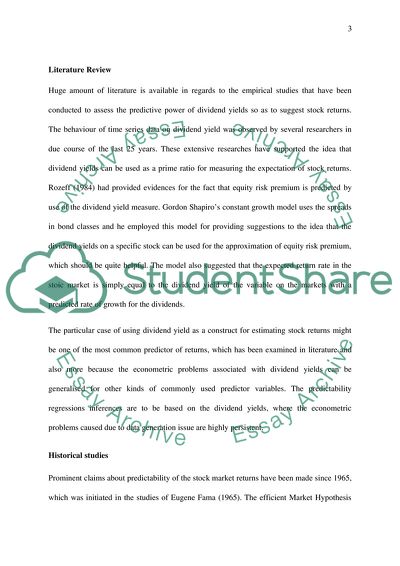Cite this document
(The predictability of dividend yield over stock return Literature review, n.d.)
The predictability of dividend yield over stock return Literature review. https://studentshare.org/finance-accounting/1836206-the-predictability-of-dividend-yield-over-stock-return
The predictability of dividend yield over stock return Literature review. https://studentshare.org/finance-accounting/1836206-the-predictability-of-dividend-yield-over-stock-return
(The Predictability of Dividend Yield over Stock Return Literature Review)
The Predictability of Dividend Yield over Stock Return Literature Review. https://studentshare.org/finance-accounting/1836206-the-predictability-of-dividend-yield-over-stock-return.
The Predictability of Dividend Yield over Stock Return Literature Review. https://studentshare.org/finance-accounting/1836206-the-predictability-of-dividend-yield-over-stock-return.
“The Predictability of Dividend Yield over Stock Return Literature Review”. https://studentshare.org/finance-accounting/1836206-the-predictability-of-dividend-yield-over-stock-return.


